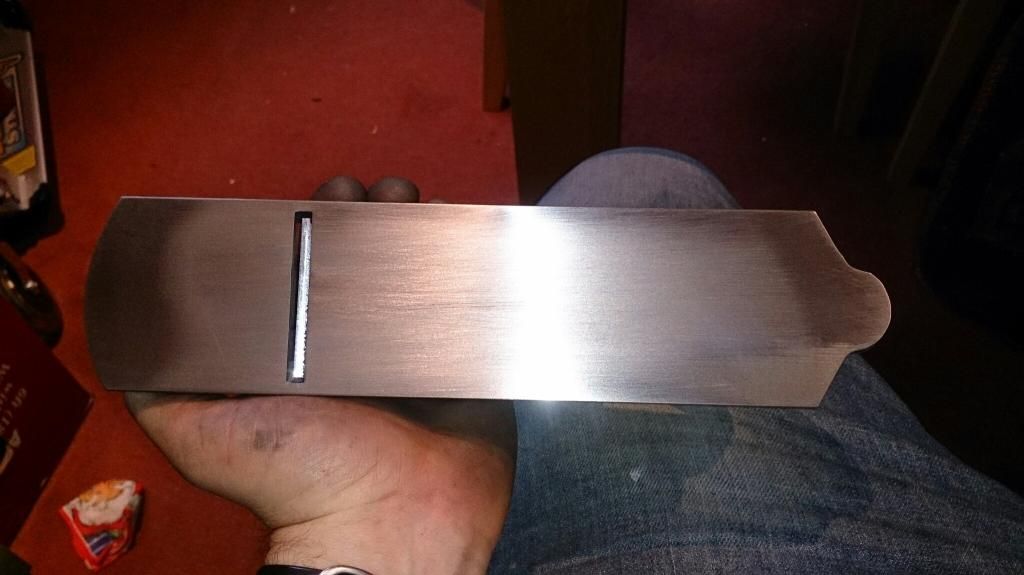L2wis
Established Member
Hello all,
I'm having some serious issues flattening the sole of my new smoothing plane, for Christmas I received a new #04 smoothing plane the same as this: Amazon link
I've already got a nice second hand smoothing plane of which i flattened the sole of, the brand of which is Talco which i believe is an old english brand? Anyway, when I flattened the sole on the talco I had no problem at all and it didn't take me long at all but this new record plane is really taking some work!!!
I've been using abrasive on some glass much the same as I did before with the old plane, I started at 400 grit but I've had to come right down to 80G now as I soon realised after about an hour I wasn't getting anywhere with the 400. I'm amazed at how much out of flat the plane is, I think there might have been as much as 1mm gap under my straight edge when I started, the gap is in the middle of the plane the high points were at the toe and heel.
My question is this... What should I do next? Keep going with the 80G or take it to my disc sander and risk taking it out of true?
Oh I should mention the plane is set up with the blade and everything in place and tightened to normal levels and I've been attempting to flatten it for around 3hrs so far.
I'm having some serious issues flattening the sole of my new smoothing plane, for Christmas I received a new #04 smoothing plane the same as this: Amazon link
I've already got a nice second hand smoothing plane of which i flattened the sole of, the brand of which is Talco which i believe is an old english brand? Anyway, when I flattened the sole on the talco I had no problem at all and it didn't take me long at all but this new record plane is really taking some work!!!
I've been using abrasive on some glass much the same as I did before with the old plane, I started at 400 grit but I've had to come right down to 80G now as I soon realised after about an hour I wasn't getting anywhere with the 400. I'm amazed at how much out of flat the plane is, I think there might have been as much as 1mm gap under my straight edge when I started, the gap is in the middle of the plane the high points were at the toe and heel.
My question is this... What should I do next? Keep going with the 80G or take it to my disc sander and risk taking it out of true?
Oh I should mention the plane is set up with the blade and everything in place and tightened to normal levels and I've been attempting to flatten it for around 3hrs so far.




































